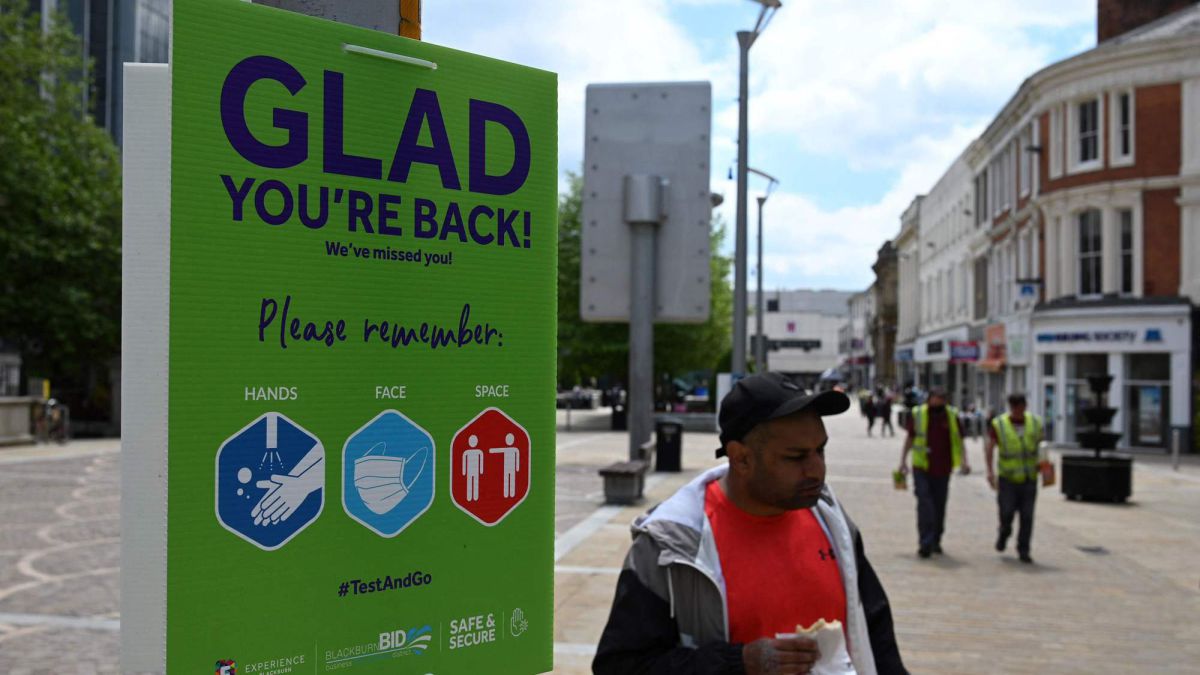–
The recent instruction of President Lasso to the public company CFN, shareholder by the State of Seguros Sucre SA, for its liquidation, has motivated the question that this is how the privatizations of the neoliberal model began, to take public sector insurance to tenders involving private insurance companies.
In the correato, 2007-2017, it was established that public insurance should be managed by the companies Seguros Rocafuerte and Seguros Sucre, under state control, the former was later absorbed by the latter. See on the Judicial Branch page the processes in which the two companies have been sued for their breaches. The most publicized of the Sucre scandal has been the transfers of millions and millions from the reinsurers – each extension ‘leaked’ – to the accounts of their administrators and intermediaries, of which then authorities of the time would have participated, on which there is prosecutions and convicted in the United States, but the beneficiaries with hidden faces have yet to be identified.
But it was not only that, but the direct awards –and then extensions of these– led to poorly structured policies, leaving risks without coverage, playing with premiums, backdating validity and subscription dates, among other infractions that should be subject to audit, sanctions and corrections.
The introduction of inappropriate exclusions in insurance leads to false advertising of insured goods and services.
Let’s look at the case of Sucre policy No. 10000114, dated October 14, 2017, called “Multi-risk insurance”, to cover the Coca Codo Sinclair Power Plant.
The current extension that is indicated goes from January 31, 2021 to August 1, 2021, supposedly it was signed on February 5, 2021; But, as they used a digital signature, it is evident that that of Cristian Carpio, general manager of Seguros Sucre SA, was inserted on February 9, 2021; and, that of Gonzalo Uquillas, general manager of Celec -Corporación Eléctrica del Ecuador- was only inserted on February 25, 2021,
The information advertised is that it is an all-risk policy, but see the “particular conditions” in which the exclusions are found –that is, what is left without coverage–:
1) losses or damages or costs due to interruptions generated by infectious or contagious diseases, or by disinfection or decontamination processes;
2) loss or damage to cybernetic equipment, computer systems, networks, or unique equipment; hardware, or software, whatever the cause, without exception;
3) all possible damages derived from the phenomenon called “regressive erosion”; and, furthermore, possible “damages as a result of the rising of the Coca River”, which could even mean irreversible damages to the Plant itself.
The net premium, for the 182 days of validity, was USD 6’690,638.68 –almost USD 6.7 million– for a coverage of USD 3,104’590,155.96 –almost USD 3,104.6 million– What is not excluded in that coverage?
Is Ecuador’s most important hydroelectric plant and its operation really insured? (OR)
–
/cloudfront-us-east-1.images.arcpublishing.com/eluniverso/2CU5K4D4QJAXVOZUVHFPVJR27Q.jpg)

